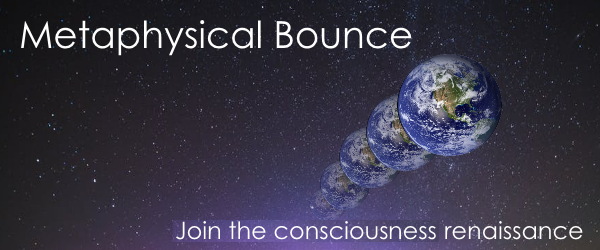Published on May 29, 201
The Truth that's been hidden to the public about UFO's and Extraterrestrial Life. Unexplained aerial observations have been reported throughout history. Some were undoubtedly astronomical in nature: comets, bright meteors, one or more of the five planets that can be seen with the naked eye, planetary conjunctions, or atmospheric optical phenomena such as parhelia and lenticular clouds. An example is Halley's Comet, which was recorded first by Chinese astronomers in 240 BC and possibly as early as 467 BC. Such sightings throughout history often were treated as supernatural portents, angels, aliens extraterrestrial, extraterrestrial life or other religious omens. Some current-day Search for Extraterrestrial or UFO researchers have noticed similarities between some religious symbols in medieval paintings and UFO reports though the canonical and symbolic character of such images is documented by art historians placing more conventional religious interpretations on such images with regards to the Evidence of Extraterrestrial beings who visited Earth. Alien life, such as microorganisms, has been hypothesized to exist in the Solar System and throughout the universe. According to this argument, made by scientists such as Carl Sagan and Stephen Hawking, it would be improbable for life not to exist somewhere other than Earth. This argument is embodied in the Copernican principle, which states that Earth does not occupy a unique position in the Universe, and the mediocrity principle, which suggests that there is nothing special about life on Earth. The chemistry of life may have begun shortly after the Big Bang, 13.8 billion years ago, during a habitable epoch when the Universe was only 10–17 million years old. Life may have emerged independently at many places throughout the Universe. Alternatively, life may have formed less frequently, then spread—by meteoroids, asteroids and other small Solar System bodies between habitable planets in a process called panspermia. In any case, complex organic molecules necessary for life may have formed in the protoplanetary disk of dust grains surrounding the Sun before the formation of Earth based on computer model studies. Suggested locations where life might have developed include the planets Venus and Mars, Jupiter's moon Europa, and Saturn's moons Titan and Enceladus. In May 2011, NASA scientists reported that Enceladus "is emerging as the most habitable spot beyond Earth in the Solar System for life as we know it". Since the 1950s, scientists have promoted the idea that "habitable zones" are the most likely places to find life. Numerous discoveries in this zone since 2007 have stimulated estimations of frequencies of Earth-like habitats numbering in the many billions though as of 2013, only a small number of planets have been discovered in these zones. Nonetheless, on November 4, 2013, astronomers reported, based on Kepler space mission data, that there could be as many as 40 billion Earth-sized planets orbiting in the habitable zones of Sun-like stars and red dwarfs in the Milky Way, 11 billion of which may be orbiting Sun-like stars. The nearest such planet may be 12 light-years away, according to the scientists. Astrobiologists have also considered a "follow the energy" view of potential habitats. No widely accepted evidence of extraterrestrial life has been found; however, various controversial claims have been made. Beliefs that some unidentified flying objects are of extraterrestrial origin, along with claims of alien abduction, are dismissed by most scientists. Most UFO sightings are explained either as sightings of Earth-based aircraft or known astronomical objects, or as hoaxes. In November 2011, the White House released an official response to two petitions asking the U.S. government to acknowledge formally that aliens have visited Earth and to disclose any intentional withholding of government interactions with extraterrestrial beings. According to the response, "The U.S. government has no evidence that any life exists outside our planet, or that an extraterrestrial presence has contacted or engaged any member of the human race. Also, according to the response, there is "no credible information to suggest that any evidence is being hidden from the public's eye. The response further noted that efforts, like SETI, the Kepler space telescope and the NASA Mars rover, continue looking for signs of life. The response noted "odds are pretty high" that there may be life on other planets but "the odds of us making contact with any of them especially any intelligent ones are extremely small, given the distances involved. There are many sources of Aliens and UFOs / UFO Sightings like for example: wikileaks ufo disclosure, wikileaks ufo documents, wikileaks ufo files, wikileaks ufo and so on… you can search also this following words for more info. about extraterrestrial life.
